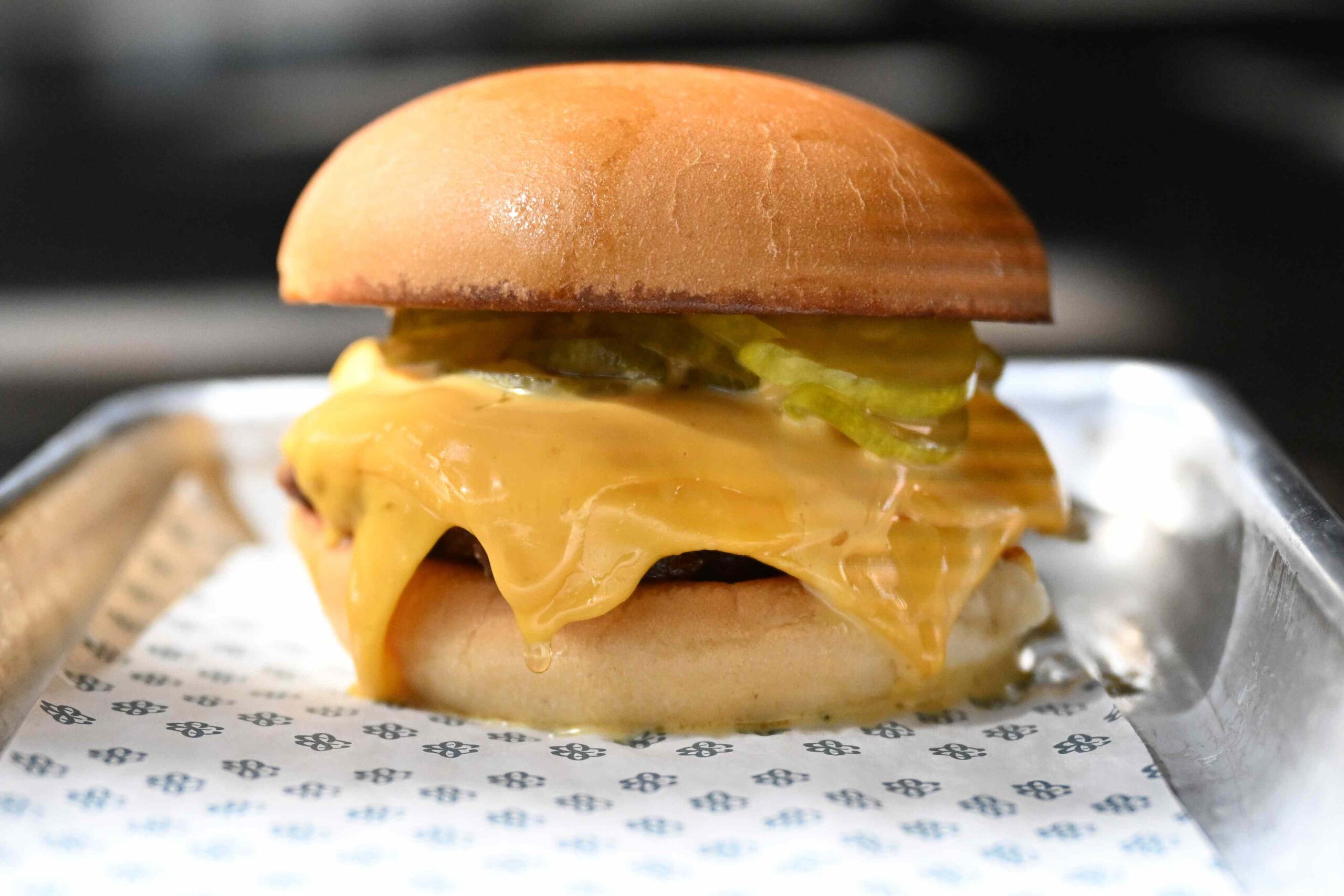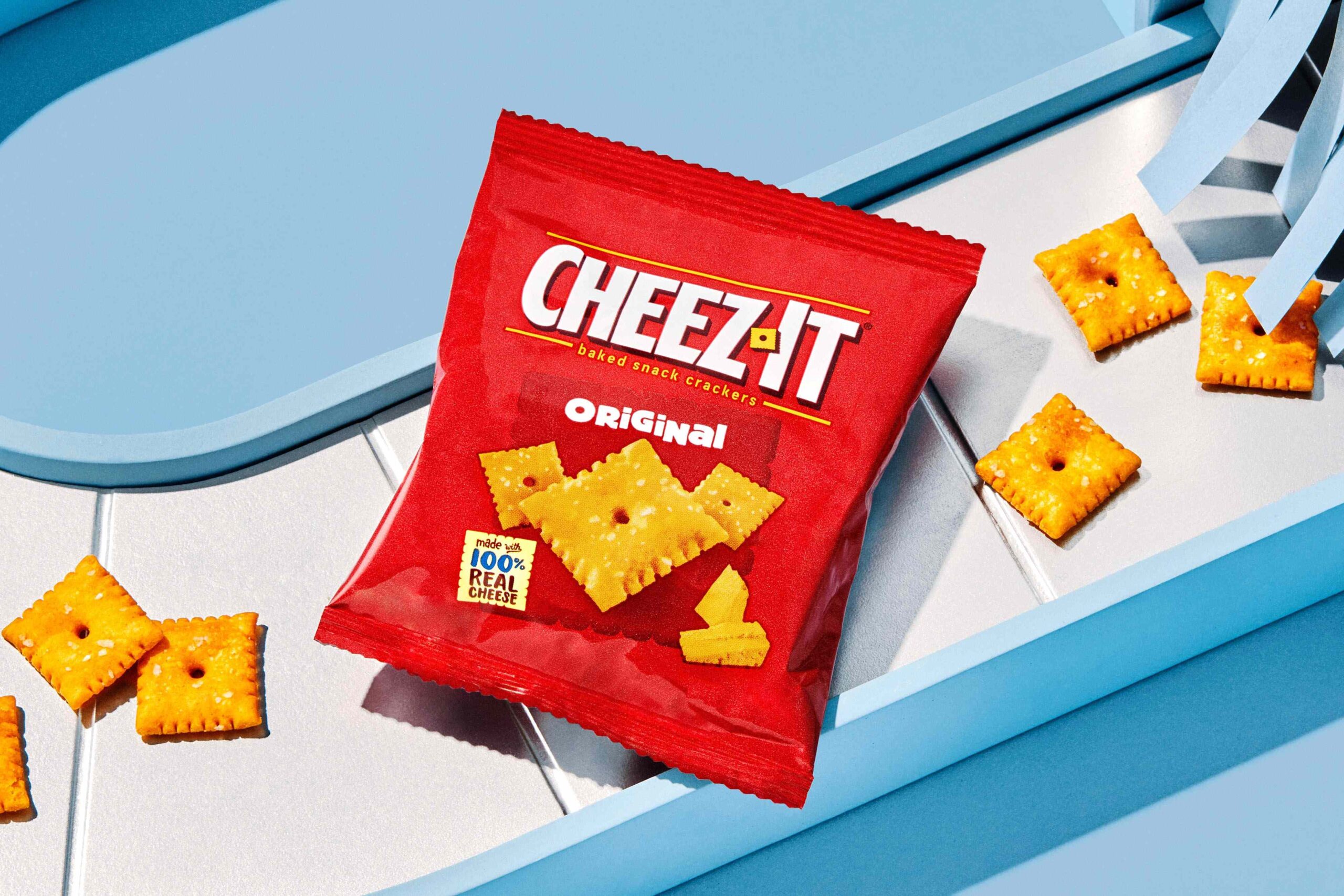Walk into Borroum’s Drug Store in Corinth, Mississippi, and you’ll find all the trappings of a bygone-era pharmacy: swivel stools, a soda fountain, and a menu of lunch-counter classics like cheeseburgers and milkshakes. Look a little closer and one dish might catch your eye with its curious name: the slugburger. Popularized during the Great Depression, this deep-fried burger has become a point of pride at Borroum’s and throughout Mississippi.
Just down the road, the annual Slugburger Festival has drawn hungry crowds every July since 1988. Over in Tupelo, Johnnie’s Drive-In — home to an “Elvis Booth,” where it’s rumored The King sat — doles out its own variation known as a doughburger, using a time-honored recipe and a side of nostalgia.
But what exactly is a slugburger — and how did this quirky creation come to be?
What is a slugburger?
At first glance, the slugburger might look like your typical fast-food sandwich — patty, bun, pickles, mustard, onions. But one bite reveals something different: a crisp-edged patty with a tender, almost hash brown–like interior. Traditionally, that patty was dropped into hot oil and deep-fried, giving it an extra crunch, though plenty of home and restaurant cooks make a pan-fried version these days. Either way, it’s never just beef or pork, but a blend of meat and whatever extender the cook has on hand.
Billy Kramer, founder of NFA Burger
“By incorporating fillers such as flour and breadcrumbs, a family was able to make their dollar — or in this case, nickel — go further.”
— Billy Kramer, founder of NFA Burger
“The slugburger was created as a cheaper alternative to the standard hamburger,” says Billy Kramer, founder of NFA Burger in Atlanta. “By incorporating fillers such as flour and breadcrumbs, a family was able to make their dollar — or in this case, nickel — go further.”
That nickel, by the way, is one local explanation for the name. “A man named John Weeks brought the idea here after moving from Chicago,” explains Angela Avent, Main Street director of The Alliance in Corinth. In 1917, he peddled his burgers from a mobile cart on bicycle wheels, a proto food truck. “Originally, it was called the ‘Weeksburger,’ but locals started calling it the ‘slugburger’—‘slug’ being slang for a nickel, which is what it cost at the time.” Another town legend says that the name referred to a metal “slug”— a fake nickel used to cheat vending machines.
It was the Great Depression that helped solidify the slugburger’s place in Mississippi culinary culture. “Families needed to stretch meat as far as possible,” says Avent. “So fillers were added to the normal hamburger recipe. It was practical, resourceful, and affordable. Out of that necessity came a tradition that never really left.”
While the exact filler ratios are closely guarded by the Weeks family and the cafés that keep the tradition alive, most agree it starts with ground meat — often beef or pork — mixed with extenders like soybean meal, potato flakes, or breadcrumbs. “The extenders were originally used to make the meat go further, but they also give the patty its lighter texture once fried,” Avent explains. “Instead of being dense like a hamburger, it’s crispier and has a different kind of bite.”
The fillings are the feature
Chef toni marie elkhouri of Cedar’s Cafe in Melbourne, Florida, is one of many modern chefs inspired by the resourcefulness in the slugburger’s DNA. “This dish shows the resilience of the South,” she says. “It’s simply done — usually pickles, mustard, and onions — because those were the most affordable options. No luxuries of cheese or produce. I actually think blending burgers today is a nod to that history. Instead of using grits or breadcrumbs, I blend in mushrooms.”
Kramer takes a slightly more decadent approach at NFA Burger. “I tried cornmeal and matzo meal, but ultimately settled on Ritz crackers. Buttery, salty, and crunchy — a perfect filler for a slugburger.” His version is flash-fried in beef tallow and seasoned with a custom nine-spice blend. “I will honor the original idea, but the reality is that there are more options today than there were 100 years ago. Why not have a little fun?”
RJ Sangosti / MediaNews Group / The Denver Post via Getty Images
Wherever you try it, don’t expect a thick, juicy grilled burger. “I’d describe it as a burger with a hash brown texture,” says Avent. “It’s not juicy — it’s lighter, crunchier, and the toppings really have to work with the texture. That’s why you see mustard, onion, and pickles. And there aren’t many rules, but one that everyone agrees on: A slugburger must be eaten fresh.”
The same goes when making one at home, says Kramer. “Start with high-fat beef — 75/25 works well. Mix with your filler, chill the patties, and deep-fry them in hot oil until crispy on the outside. Serve on a bun. That’s it. The seasoning and filler do the heavy lifting.”
If deep-frying feels intimidating, pan-frying works too. A hot skillet with a slick of oil will crisp the outside while keeping the inside tender. The result won’t be quite as shatteringly crunchy as the traditional version, but it’s a faster, less-messy method that still delivers plenty of slugburger character.
Still holding on in the South
Today, slugburgers are a little bit nostalgic, a little bit kitschy, and a whole lot beloved — especially in northeast Mississippi, northwest Alabama, and southern Tennessee.
The tradition is thriving thanks to events like Corinth’s Slugburger Festival, which has been going strong for nearly 40 years. “It brings people together with music, carnival rides, and, of course, plenty of slugburgers,” says Avent. “For the community, it’s a chance to showcase a piece of our identity. For visitors, it’s often their first taste of this Southern tradition.”
And yet, outside of the region, the slugburger hasn’t quite broken into the national burger lexicon. “Regional food is largely overromanticized,” says Kramer. “If you grew up in Corinth, you love the idea that no one else can execute the burger with the same zeal. But it takes immense credibility to bring a regional burger onto the national scene.”
Still, there’s something deeply appealing about the slugburger: its story, its crunch, its strange and wonderful name. “The slugburger has lasted because it’s not just food — it’s food with a story and a history,” says Avent. “People connect with that. And once you’ve had one, you don’t forget it.”





